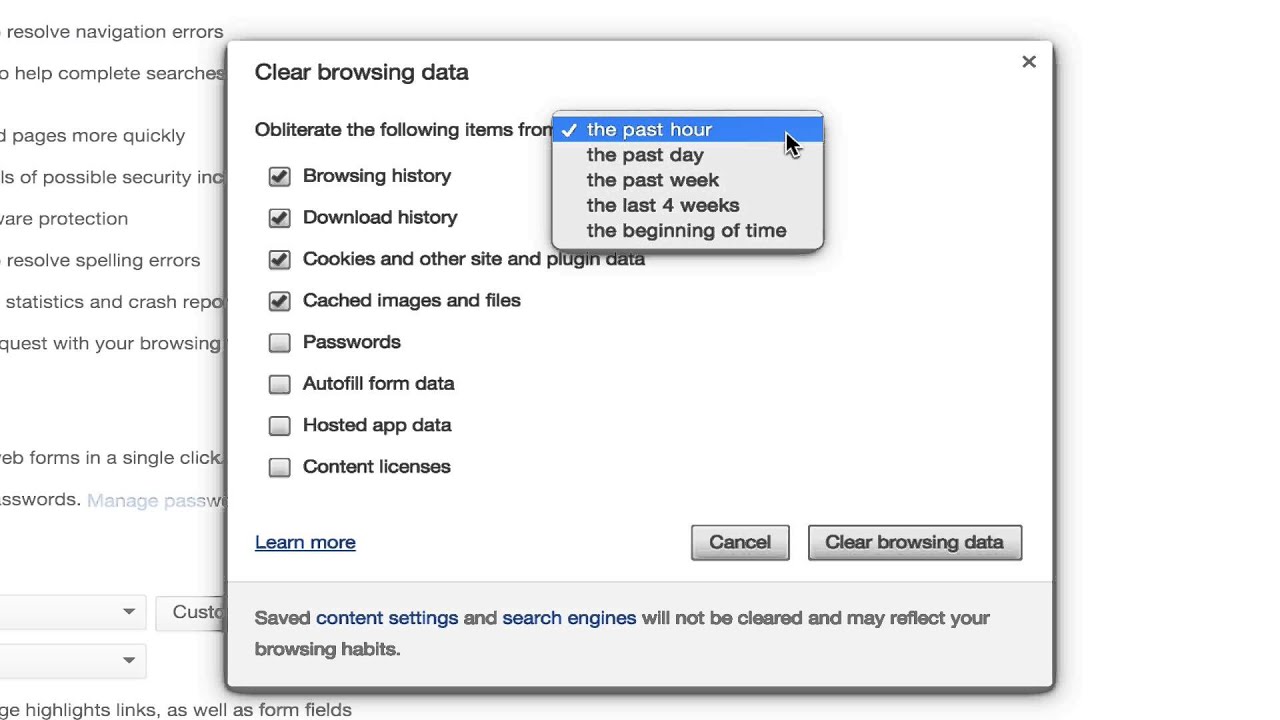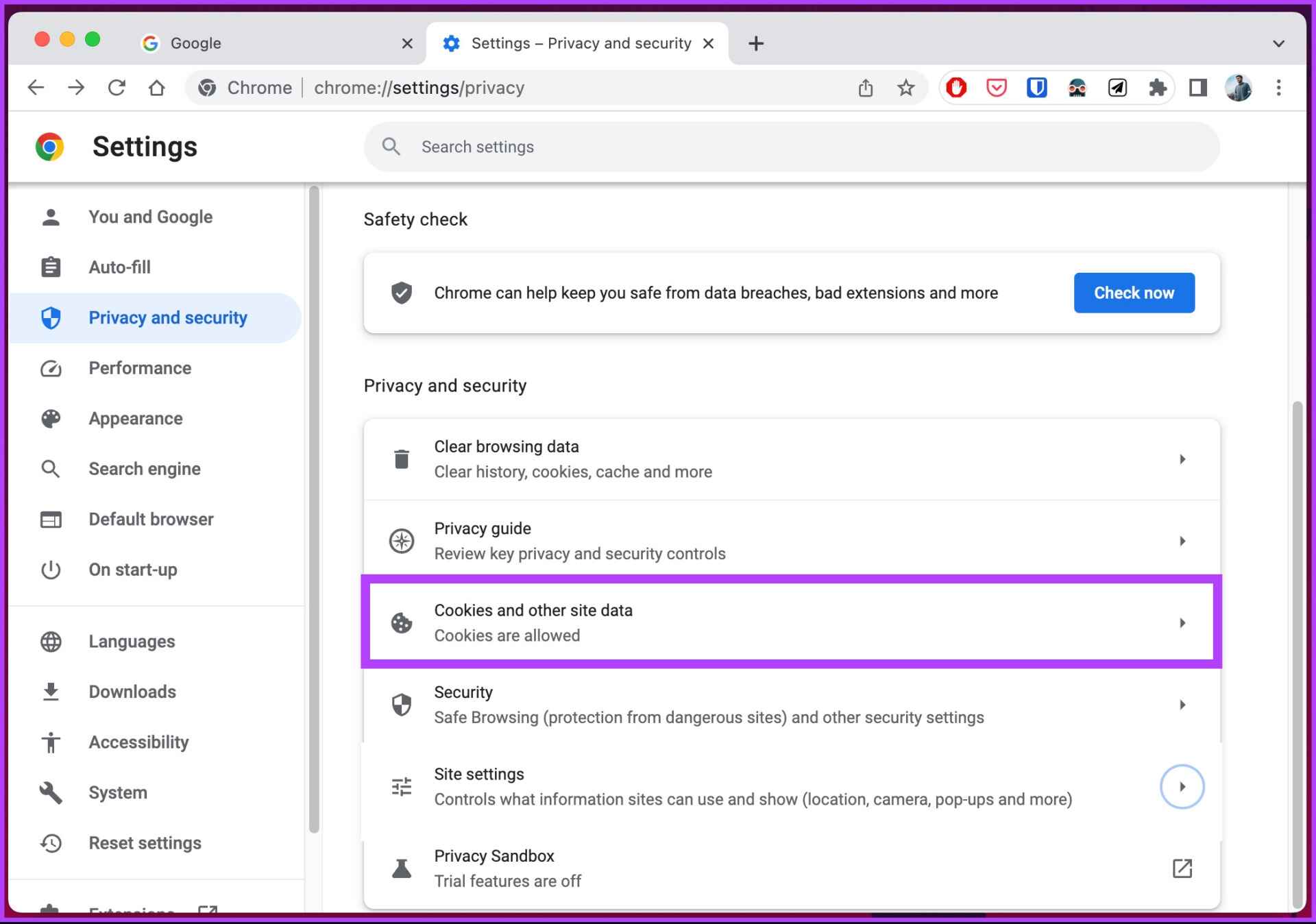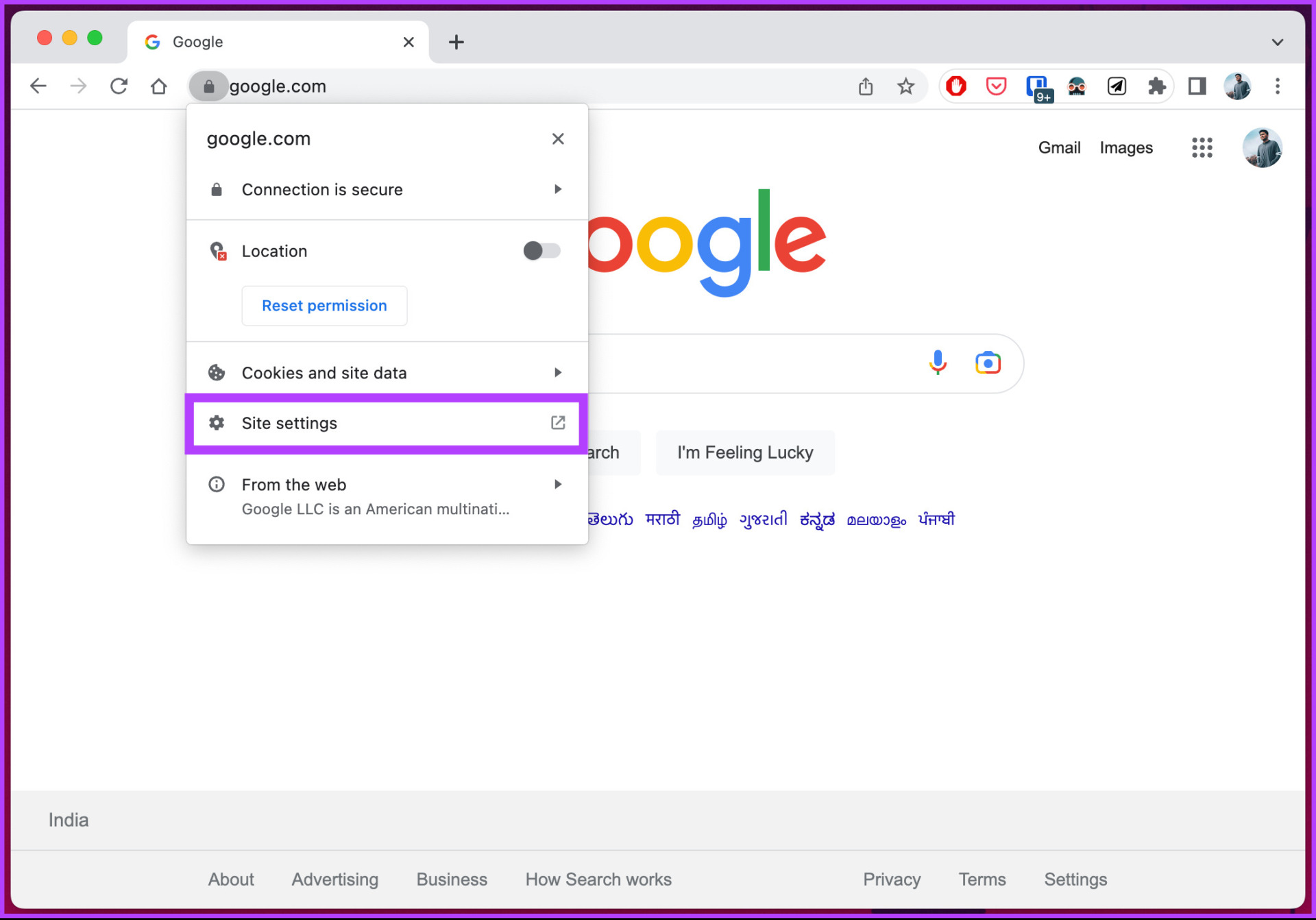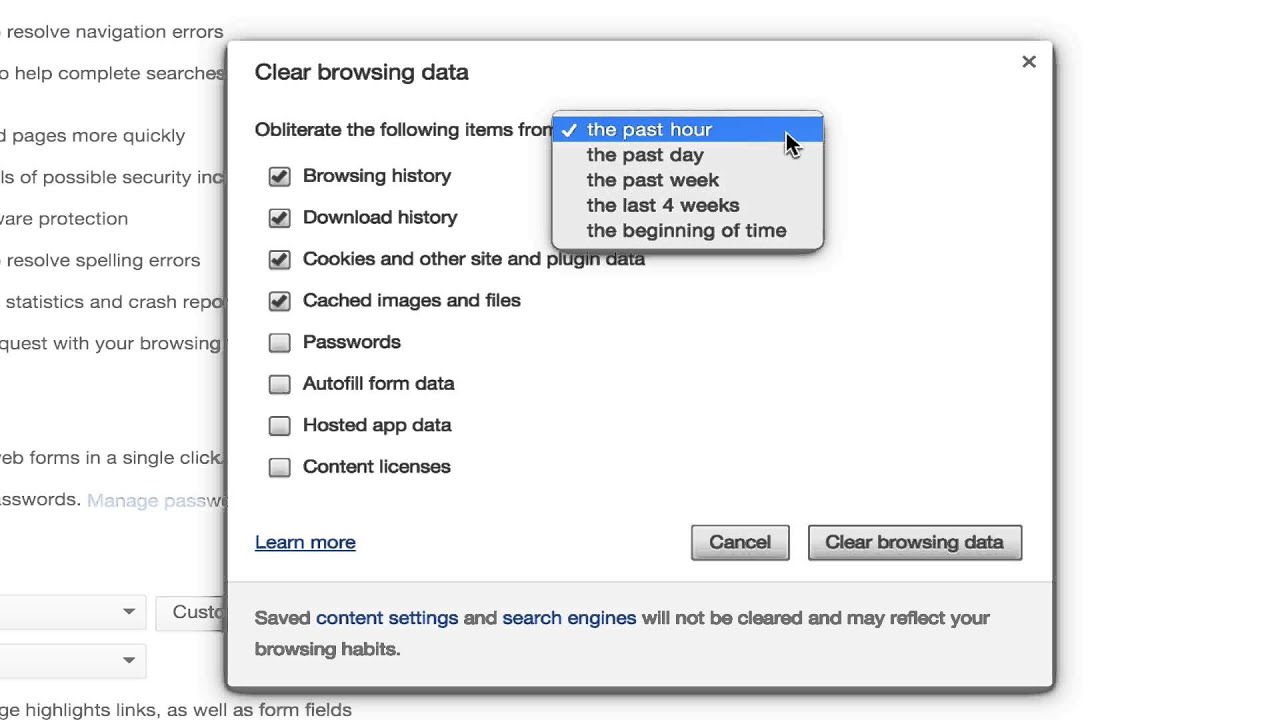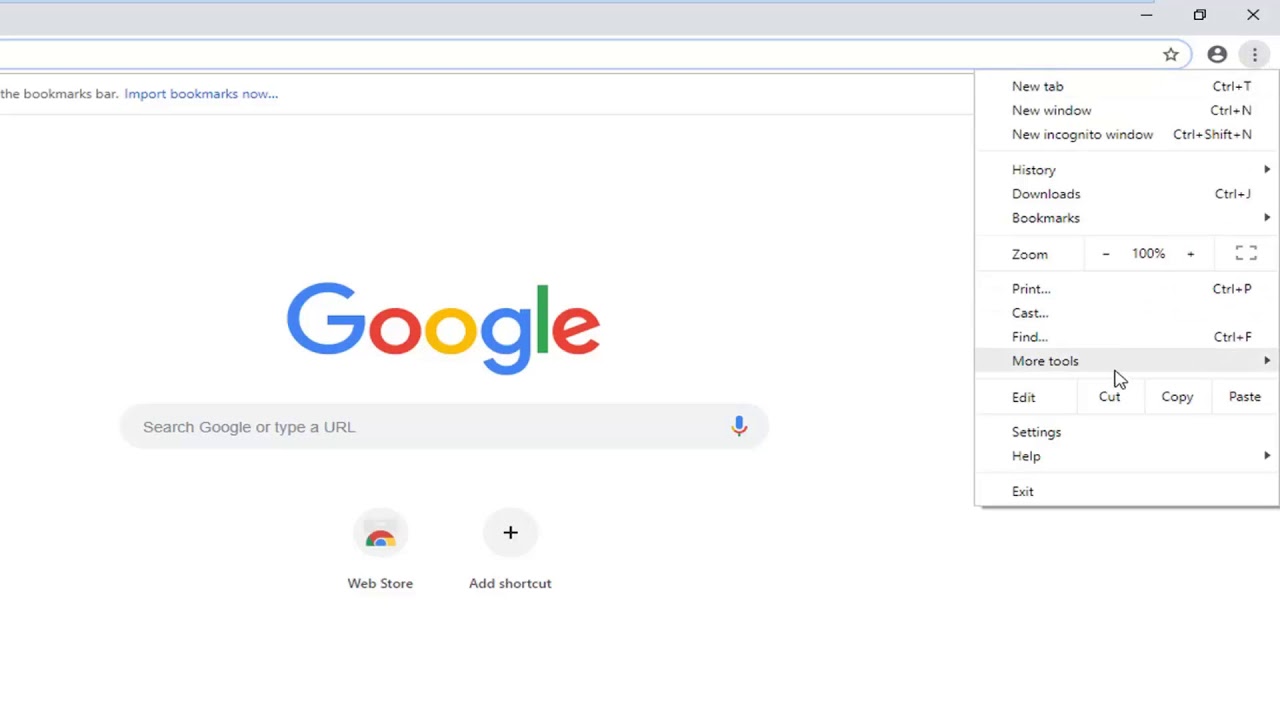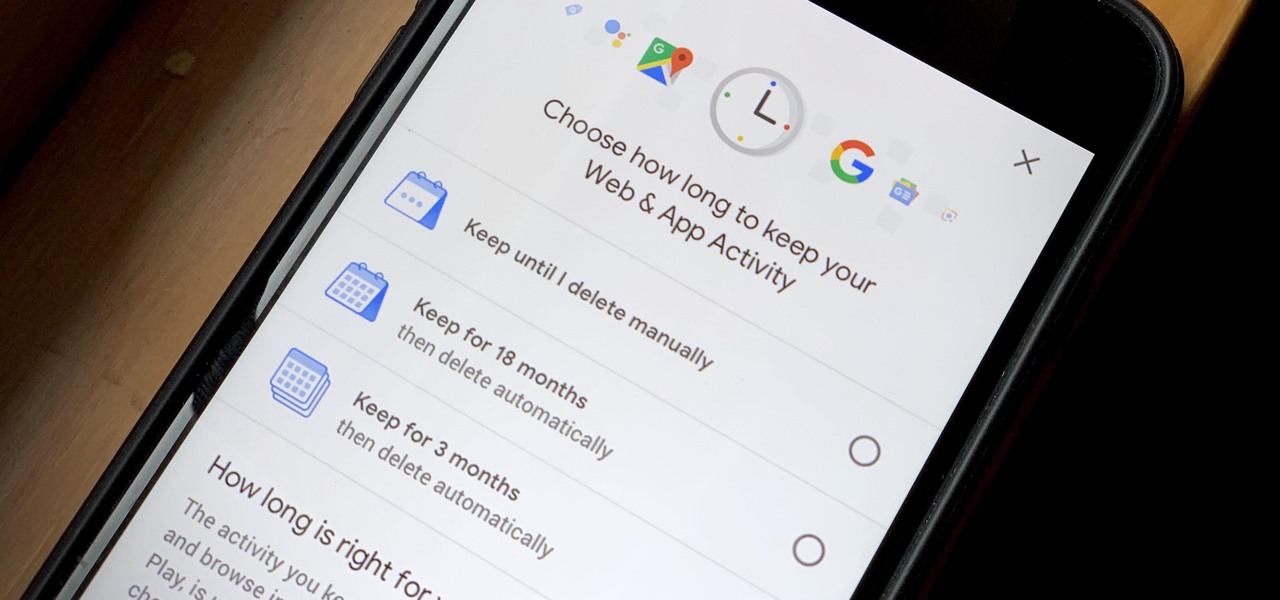Introduction
When you browse the web, your browser works tirelessly behind the scenes to ensure a smooth and efficient experience. One of the ways it accomplishes this is through caching, a process that plays a crucial role in speeding up website loading times and optimizing performance. As you navigate through different web pages, your browser stores certain elements of these pages, such as images and files, in a temporary storage location known as the cache. This allows the browser to retrieve these elements quickly when you revisit the same page or move to a different page within the same website.
Cached images and files are integral components of this process, as they contribute to the seamless display of web content and the overall responsiveness of your browsing experience. Understanding how cached images and files function within the context of a popular browser like Chrome can provide valuable insights into optimizing your web browsing activities.
In this article, we will delve into the world of cached images and files in Chrome, shedding light on their significance, how they are utilized by the browser, and the benefits they offer to users. Additionally, we will explore methods for viewing and managing cached images and files, empowering you to take control of this aspect of your browsing environment. So, let's embark on a journey to uncover the mysteries of cached images and files in Chrome, unraveling their impact on your everyday web browsing adventures.
What is caching?
Caching is a fundamental mechanism employed by web browsers to optimize the retrieval and display of web content. When you visit a website, your browser diligently fetches various elements, including images, scripts, stylesheets, and other files, to render the page accurately. Instead of fetching these elements from the web server every time you revisit the same page or navigate to a different page within the same website, the browser stores a copy of these elements in a temporary storage location called the cache.
This temporary storage mechanism serves as a quick-access repository, allowing the browser to retrieve cached elements without having to re-download them from the web server. By doing so, caching significantly reduces the time and resources required to load web pages, thereby enhancing the overall browsing experience.
The caching process is designed to strike a balance between conserving bandwidth and improving performance. When a web page is initially loaded, the browser saves elements such as images and files in its cache. Subsequently, when you revisit the same page, the browser checks the cache for these elements before making additional requests to the web server. If the elements are found in the cache and have not expired, the browser can swiftly retrieve and display them, eliminating the need for redundant downloads.
Caching is not limited to individual web pages; it extends to various components of web content, including multimedia files, scripts, and stylesheets. By caching these elements, browsers can expedite the rendering of web pages, reduce server load, and conserve network resources.
In essence, caching plays a pivotal role in optimizing web browsing by minimizing latency, conserving bandwidth, and improving the overall responsiveness of websites. Understanding the intricacies of caching provides valuable insights into how browsers like Chrome streamline the retrieval and display of web content, ultimately enhancing the user experience.
What are cached images and files?
Cached images and files encompass a diverse array of web elements that browsers store in a temporary storage location, known as the cache, to expedite the loading and rendering of web pages. When you visit a website, your browser diligently retrieves various components, including images, scripts, stylesheets, and other files, to ensure the accurate display of the page. These elements are then stored in the cache, allowing the browser to access them swiftly when you revisit the same page or navigate to related pages within the same website.
Images, as a fundamental component of web content, play a crucial role in conveying visual information and enhancing the overall appeal of web pages. When images are cached, they are stored locally on your device, enabling the browser to retrieve them quickly without having to re-download them from the web server. This caching mechanism significantly reduces the time and resources required to load web pages, contributing to a seamless browsing experience.
Files, including scripts and stylesheets, are also cached by browsers to optimize the rendering of web content. Scripts, such as JavaScript files, are essential for adding interactivity and dynamic functionality to web pages. By caching these scripts, browsers can expedite the execution of code, thereby enhancing the responsiveness of web applications. Similarly, stylesheets, which define the visual presentation of web pages, are cached to accelerate the rendering of page layouts and design elements.
In addition to images, scripts, and stylesheets, other types of files, such as multimedia content and web fonts, are also cached to improve the overall performance of websites. Multimedia files, including videos and audio clips, are stored in the cache to facilitate seamless playback and reduce buffering times. Web fonts, used to enhance typographic aesthetics, are cached to ensure consistent and efficient rendering of text across different web pages.
By caching images and files, browsers like Chrome optimize the retrieval and display of web content, resulting in faster loading times, reduced server load, and an enhanced browsing experience. Understanding the role of cached images and files provides valuable insights into how browsers leverage these elements to streamline web page rendering and improve overall performance.
How does Chrome use cached images and files?
Chrome leverages cached images and files to optimize the retrieval and display of web content, enhancing the browsing experience for users. When you visit a website using Chrome, the browser diligently stores various elements, including images, scripts, stylesheets, multimedia files, and web fonts, in its cache. This strategic caching mechanism enables Chrome to expedite the loading of web pages and improve overall performance.
Upon visiting a web page, Chrome meticulously fetches the necessary components and stores them in the cache. Subsequently, when you revisit the same page or navigate to related pages within the same website, Chrome checks the cache for these elements before making additional requests to the web server. If the cached images and files are found and have not expired, Chrome swiftly retrieves and displays them, significantly reducing the time and resources required to load the web page.
Cached images play a pivotal role in Chrome's rendering process, as they contribute to the visual appeal and seamless display of web content. By storing images locally on the user's device, Chrome can efficiently retrieve and render them without relying solely on the web server. This caching mechanism not only accelerates the loading of web pages but also reduces network bandwidth usage, resulting in a more responsive browsing experience.
In addition to images, Chrome optimizes the utilization of cached files, including scripts and stylesheets, to enhance the performance of web applications and page layouts. By caching scripts, such as JavaScript files, Chrome expedites the execution of code, enabling interactive and dynamic functionalities to operate smoothly. Similarly, cached stylesheets contribute to the swift rendering of visual design elements, ensuring a consistent and visually appealing presentation of web pages.
Furthermore, Chrome's utilization of cached multimedia files, such as videos and audio clips, enhances the seamless playback of multimedia content, reducing buffering times and improving the overall multimedia experience for users. Additionally, cached web fonts contribute to the consistent and efficient rendering of text across different web pages, maintaining typographic aesthetics without compromising performance.
By strategically leveraging cached images and files, Chrome optimizes the retrieval and display of web content, resulting in faster loading times, reduced server load, and an overall enhanced browsing experience for users. Understanding how Chrome utilizes cached images and files provides valuable insights into the browser's commitment to streamlining web page rendering and improving performance.
Benefits of cached images and files
Cached images and files offer a multitude of benefits that significantly enhance the web browsing experience for users. By leveraging caching mechanisms to store and retrieve essential web elements, browsers like Chrome deliver tangible advantages that contribute to faster loading times, reduced server load, and an overall seamless browsing experience.
1. Accelerated Loading Times
One of the primary benefits of cached images and files is the acceleration of web page loading times. When images, scripts, stylesheets, multimedia files, and web fonts are cached, browsers such as Chrome can swiftly retrieve these elements from the local storage, eliminating the need to repeatedly download them from the web server. This results in expedited page rendering, reduced latency, and a more responsive browsing experience for users.
2. Reduced Bandwidth Usage
Cached images and files play a crucial role in conserving network bandwidth by minimizing the frequency of requests to the web server. By storing essential web elements locally, browsers like Chrome can retrieve these elements without relying solely on the network, thereby reducing data consumption and optimizing network resources. This reduction in bandwidth usage not only benefits individual users but also contributes to the efficient utilization of network infrastructure.
3. Enhanced Performance of Web Applications
The caching of scripts, including JavaScript files, contributes to the enhanced performance of web applications. By storing scripts in the cache, browsers such as Chrome can expedite the execution of code, enabling interactive and dynamic functionalities to operate seamlessly. This optimization of script execution enhances the responsiveness and interactivity of web applications, resulting in a more engaging user experience.
4. Consistent Visual Presentation
Cached stylesheets and web fonts contribute to a consistent and visually appealing presentation of web pages. By storing stylesheets in the cache, browsers like Chrome can swiftly render visual design elements, ensuring a consistent layout and aesthetic appeal across different web pages. Additionally, cached web fonts facilitate the efficient rendering of text, maintaining typographic aesthetics while optimizing performance.
5. Seamless Multimedia Playback
The caching of multimedia files, such as videos and audio clips, enhances the seamless playback of multimedia content. By storing multimedia files in the cache, browsers like Chrome can reduce buffering times and ensure a smoother multimedia experience for users. This optimization of multimedia playback contributes to a more enjoyable and uninterrupted viewing or listening experience.
In summary, cached images and files offer a myriad of benefits, including accelerated loading times, reduced bandwidth usage, enhanced performance of web applications, consistent visual presentation, and seamless multimedia playback. By leveraging caching mechanisms, browsers such as Chrome prioritize efficiency, speed, and user experience, ultimately enhancing the overall web browsing journey for users.
How to view and manage cached images and files in Chrome
In Chrome, users have the ability to view and manage cached images and files, providing them with control over their browsing environment and the resources stored in the browser's cache. This functionality empowers users to inspect the cached elements, clear outdated or unnecessary items, and optimize their browsing experience. Here's a detailed guide on how to effectively view and manage cached images and files in Chrome:
Viewing Cached Images and Files
-
Accessing the Chrome Developer Tools: To view cached images and files, users can access the Chrome Developer Tools by right-clicking on a web page and selecting "Inspect" from the context menu. Alternatively, pressing
Ctrl + Shift + I(Windows/Linux) orCmd + Option + I(Mac) opens the Developer Tools. -
Navigating to the Network Tab: Within the Chrome Developer Tools, users can navigate to the "Network" tab. This tab provides a comprehensive overview of the network activity associated with the currently loaded web page, including the loading and caching of various elements.
-
Filtering Cached Content: By clicking on the "Network" tab, users can apply filters to display cached content exclusively. This allows them to specifically view the cached images and files associated with the web page, providing valuable insights into the cached resources.
Managing Cached Images and Files
-
Clearing the Browser Cache: To manage cached images and files, users can clear the browser cache by accessing the Chrome settings. By clicking on the three-dot menu in the top-right corner, selecting "More tools," and then choosing "Clear browsing data," users can opt to clear cached images and files along with other browsing data.
-
Customizing Cache Clearing Options: Within the "Clear browsing data" menu, users can customize the cache clearing options to specifically target cached images and files. By selecting the appropriate time range and checking the "Cached images and files" option, users can efficiently manage the cached resources in Chrome.
-
Utilizing Chrome Extensions: Users can also leverage Chrome extensions designed to manage cached images and files. These extensions offer additional functionalities for inspecting, organizing, and clearing cached resources, providing users with more granular control over their browsing cache.
By following these steps, users can effectively view and manage cached images and files in Chrome, gaining insights into the cached resources associated with web pages and optimizing their browsing environment. This level of control empowers users to streamline their browsing experience, ensure efficient cache utilization, and maintain a well-organized cache that aligns with their browsing preferences and needs.









